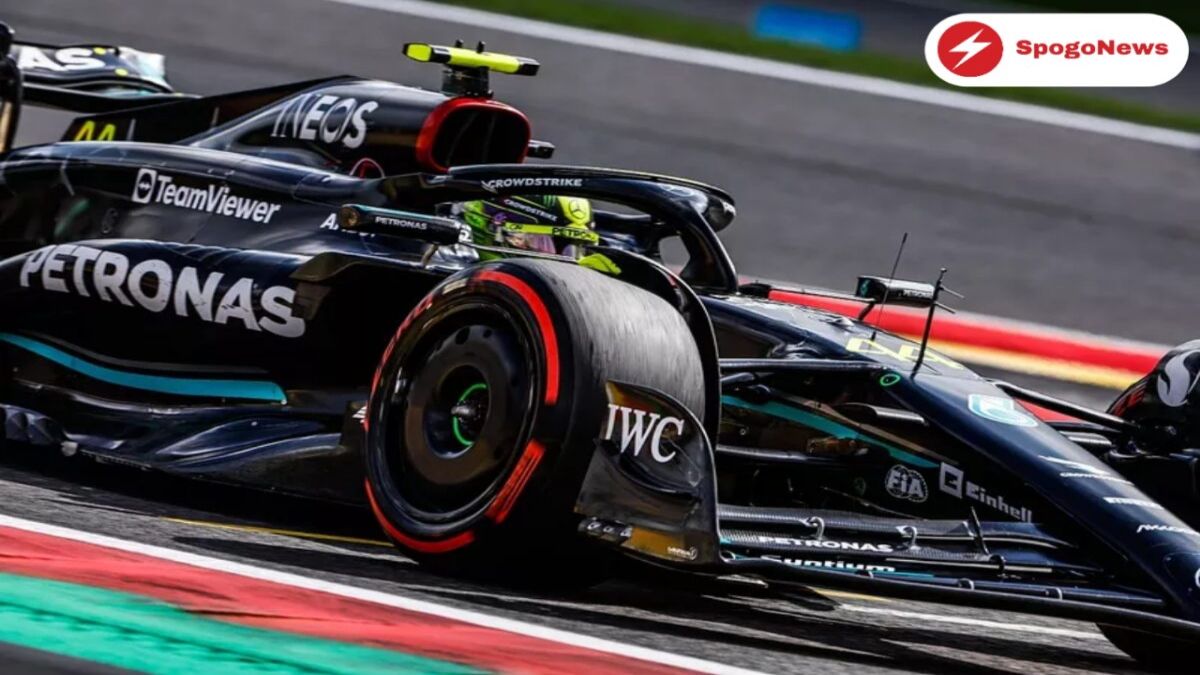(Motorsports news) Since beginning the 2022 campaign with ground-effect cars, the Mercedes has faced difficulties. The W13 race from the previous year was marred by porpoising, and the team struggled with a narrow ride height operating window where their car created downforce, thereby forcing it to run very close to the ground.
In addition to increasing the risk of bouncing as the downforce levels rose, this forced the car to run with stiff suspension, which made it more susceptible to issues with uneven roads and kerbs. The team believed that the FIA’s decision to raise the edge of the floors by 15mm would help them achieve its goal of providing downforce throughout a considerably wider range of ride heights for this year’s W14.
Mercedes, though, is believed to have erred by being overly careful in its ride height strategy. Having avoided running close to the ground in the past, it suddenly found itself running considerably higher than others, which reduced performance. Technical director James Allison, who this week stated that the move was motivated by it wanting to prevent the possibility of porpoising issues, has confirmed this.
Despite the fact that we made significant progress the previous year, a rule change for 2023 allowed some bounce protection to all Teams, he stated. Over the winter, we had to make a decision. Go for performance above protection from bouncing, as per the rule change, or be cautious and avoid the kind of porpoising that ruined our season last year.
“Mercedes took the cautious route because we knew it would be easier to go back and fix our mistakes. The main theme of our year thus far has been realizing that we had been acting too cautiously and making the necessary modifications. A significant change in ride height necessitates an almost complete rethink of the aero maps, which is not really feasible in the middle of the season due to the incredibly complex nature of the current generation of cars, which are dependent on the harnessing of vortices beneath the floor.
Instead, Mercedes believes that it is a problem that can only be solved over the winter as it prepares for its new vehicle. Chief technical officer Mike Elliott believes that after running too high in 2022 and too low this year, the issues have been effectively addressed for the W15 2024 car. In response to a question about whether he believed Mercedes had found the sweet spot, Elliott stated, “The real challenge is, if you look at the aero testing limits, you’ve got such a restricted number of runs, and you’ve got to select a route and go for it.
If you take the approach of saying, “I want to develop a car for high ride height or low ride height, and I want to be able to cover all my bases,” you’d find yourself working three times a week on each one and getting nothing. Elliott claims that despite the fact that Mercedes is now concentrating primarily on the vehicle for 2024, it will continue to make every effort to further enhance the W14. Elliott stated, “I believe there is still room for improvement and P2 is still up for grabs in the tournament. Although we’ll continue to innovate, the automobile for 2019 is clearly our main priority right now.
Also read: Perez: Alpine F1 should have given Szafnauer more time












